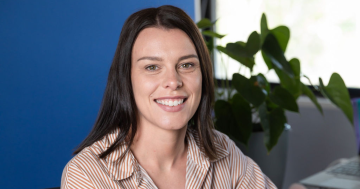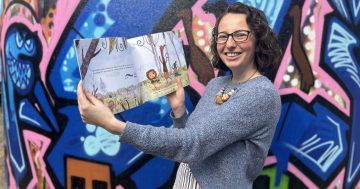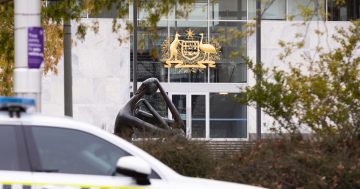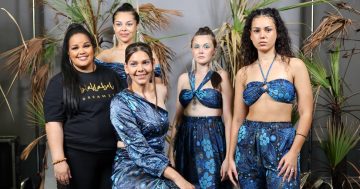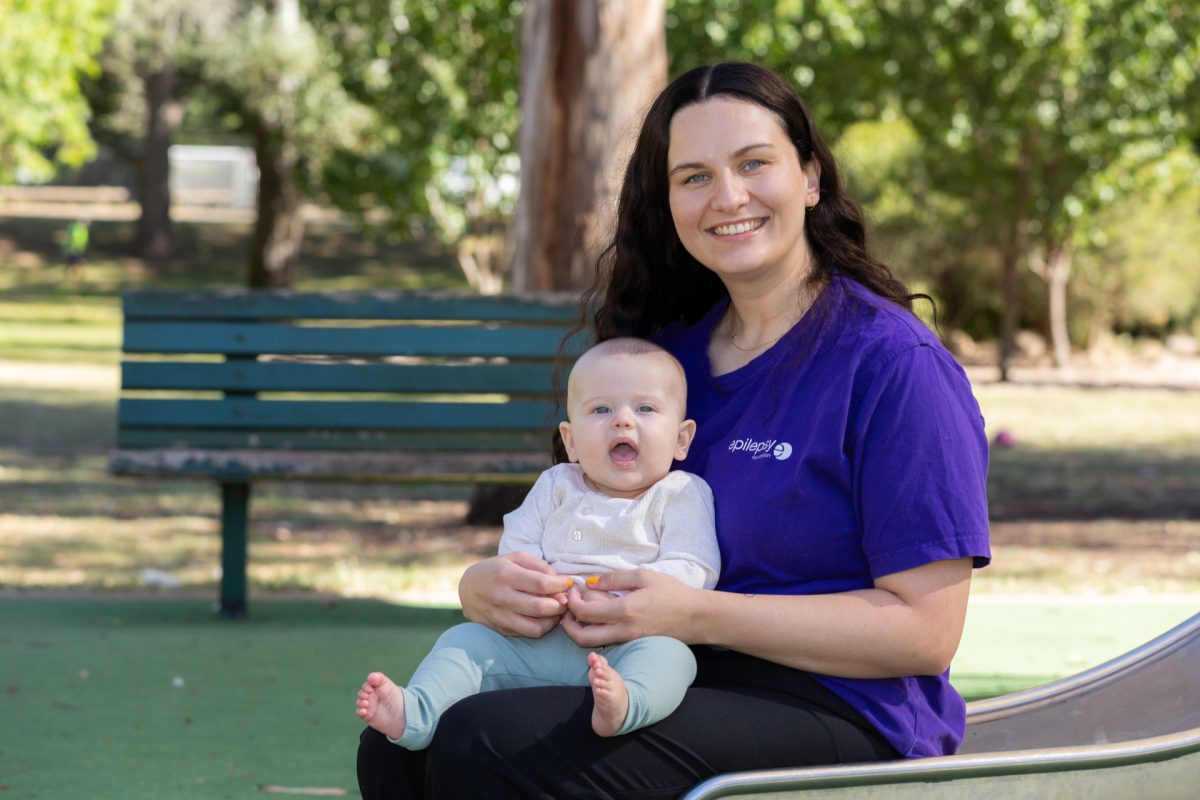
Her epilepsy diagnosis threw a spanner in the works, but Carly Ison has battled back. Photo: Michelle Kroll.
Seven years ago, Carly Ison had a different idea of how her life would go. Then 22, she had lived a “completely normal, healthy life” climbing the ladder of a promising career as an analyst in the Australian Air Force.
But one day during a training course, her life took a turn.
“I had an idiopathic focal epileptic seizure,” she says.
Carly continued having seizures for a year before she was put on medication to prevent them.
“I didn’t grow up with epilepsy so it shook my world. I lost my life as I knew it,” she says.
“I think it’s a blow to any career, but especially being in the Air Force – I missed a lot of opportunities. I had to change positions to a more mundane role, I couldn’t go overseas or do a lot of the exercises. But at the end of the day, I could still do my job in some capacity and I fought for that.”
Fighting to break barriers has become a feature of Carly’s life.
An epilepsy diagnosis can come with limitations and hurdles to everything from driving a car to participating in certain sports. A person with epilepsy might need to take special precautions when bathing, cooking or participating in activities involving heights, water or dangerous equipment.
For some, it even raises questions about parenthood.
But today at 29, Carly is mother to a healthy little boy and, if all goes to plan, will be able to get behind the wheel again soon.
She says while there’s a lot of focus on what people with epilepsy can’t do, knowledge and preparation can empower them to overcome almost any hurdle.
“Initially you lose a lot of independence,” she says. “At the time it feels like the end of the world. It took me a long time to understand the opportunities and supports available to me.”
Carly says education – of yourself as well as those around you at home, work and the surrounding community – is the single greatest weapon for someone looking to build a full life with epilepsy.
For her, one major turning point was motherhood.
“Before becoming a mum of course I had all the thoughts. There’s a lot of messaging that you can’t have babies when on medication. And if I did manage a safe pregnancy, what if I have a seizure at home with the baby? Or something happens to the baby and I can’t drive him to the hospital?” she says
“I talked through it with my doctor and discovered some medications are safe, and with lots of monitoring and a controlled birth plan, it was all doable. My partner and I put in place safety plans for after the baby arrived.
“Everyone’s epilepsy is different. For me I get a warning when a seizure is coming on. It’s called an aura – it’s an unusual sensation that tells me a seizure is minutes away. For me it presents like a hot rush at the back of my head. It gives me time to call for help from neighbours or call my partner, who works five minutes away.”
Carly is also exploring options for a fulfilling career outside the Air Force.
“I left in December and am studying to become a teacher because I think it’s a better suited role,” she says. “At first, that too seemed hard but I realised there are so many options. I can be a tutor online, teach in a classroom or provide educational support. There’s a lot more out there for me than just sitting at a desk.
“In the depths of diagnosis, it can be very lonely. But now I am a mother, a student, and soon I’ll be a driver. I volunteer as a peer support facilitator for Epilepsy Australia. I have travelled to America, Canada, Asia. I have done all this stuff I thought I wouldn’t be able to do.
“The big takeaway is that life isn’t over regardless of the severity of your epilepsy. It will look different, but it can be wonderful.”
Epilepsy ACT is calling for the community to join an Australia-wide initiative in support of those with the disease.
As part of the Make March Purple movement, World Purple Day on Wednesday 26 March will raise awareness and funds to support those impacted.
There are many ways to support the cause – donate, host a fundraising event, purchase merchandise, share a story, educate, illuminate and inspire those around you.
For more information or to get involved visit Make March Purple.












